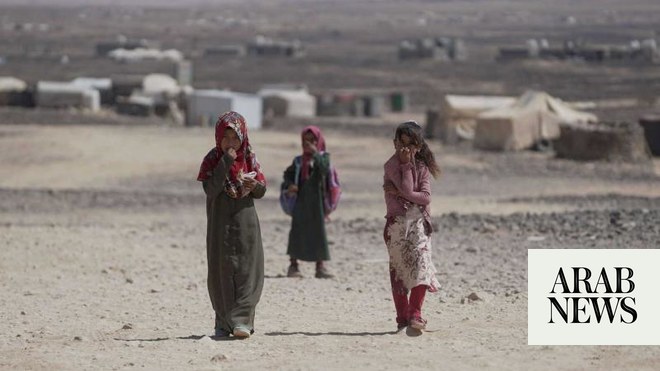
Yemen is in danger of an imminent return to devastating levels of hunger and food insecurity, according to new analysis released by UN agencies.
The World Food Programme (WFP), Food and Agriculture Organization (FAO) and Unicef say that the percentage of the population predicted to face acute food insecurity in southern areas of the country will rise from 25% to 40% by the end of the year.
Areas forecast to experience the worst deterioration over the next six months include Abyan, Aden, Ad Dhale, Hadramaut, Lahj and Taizz, with the number of those affected in the region expected to go from 2 million people to 3.2 million out of a surveyed population of 7.9 million.
The escalating problems have been blamed on a combination of economic shocks, conflict, floods, desert locusts and now coronavirus, which Unicef said was “creating a perfect storm” that threatened to reverse recent efforts to stabilise food security in the country.
The warning follows the latest integrated food security phase classification (IPC) analysis released by the UN agencies.
David Beasley, executive director of WFP, described the situation as “heartbreaking”.
“Unless the international community steps up with an urgent injection of funds, we are going to find ourselves right back where we were in 2018, when we had to fight our way back from the brink of a full-scale famine.
“The Yemeni people have already been ravaged by years of conflict-fuelled hunger and malnutrition, and now Covid-19 is ratcheting up their misery. The world needs to open its eyes to this unfolding humanitarian disaster before it’s too late.”
The survey, carried out in 133 districts in southern Yemen, forecasts an alarming increase in the numbers of people expected to face high levels of acute food insecurity, including IPC phase 3 – “in crisis” – and phase 4 – “emergency” –by the end of the year.
The report says economic issues are one of the main concerns, with local currency in freefall, rampant inflation and rising food prices, and a near depletion of foreign exchange reserves.
The country’s continuing conflict is cited as one of the main causes, with coronavirus also affecting food availability, access and market supply, and income-earning opportunities and wages.
Compounding all these issues have been the recent swarms of desert locust and armyworm infestations that have hit crops, with cereal production this year forecast at 365,000 metric tonnes – less than half prewar levels.
“The IPC is telling us that Yemen is again on the brink of a major food security crisis,” said Lise Grande, UN humanitarian coordinator for Yemen.
“Eighteen months ago, when we faced a similar situation, we were generously funded. We used the resources we were entrusted with wisely and massively scaled-up assistance in the districts where people were the hungriest and most at risk.
“The result was tremendous. We prevented famine. Unless we receive the funding we need now, we won’t be able to do the same this time.”
Hussein Gadain, FAO representative in the country, said: “The people of Yemen have already been through a lot and are resilient. But they are facing now too many hardships and threats all at once – from Covid-19 to desert locust invasions. Smallholder farmers and families who depend upon agriculture for their livelihoods need our support now more than ever.”












